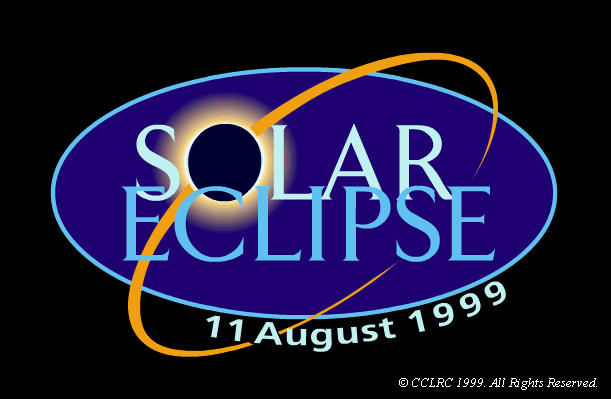
![]()
The shadow of an eclipse moves across the earth faster than the speed of sound. It has been suggested that this sets up a bow wave, like that from a speed boat, that spreads out from the shadow region. These waves will show up in the movement of the ionosphere, as it is blown up and down the field lines by waves in the winds. Some wave-like features have already been seen in the eclipse modelled by the group at UCL. The animations below show how a slice of the atmosphere above the eclipse region is expected to behave following the eclipse. The eclipse has been modelled by reducing the amount of energy put into the atmosphere as the disk is eclipsed. Note that in this model run it has been assumed that all the energy comes from the solar disk, as no energy is input during totality. In the following animations, red and yellow are positive velocities, while green and blue are negative. The atmosphere is washing both southward and eastward with a period of around two and a half hours. The size of this variation, up to 20 metres per second, is just about resolvable with good Fabry Perot Interferometer data.
In the same way that an overall change in the wind field can affect the movement of the ionosphere, waves like this will blow the ionisation up and down the magnetic field lines, so an effect in the ionosphere is expected. The modelling work so far seems to show wave patterns which propagate into the southern hemisphere. The animation below demonstrates the changes expected in a north-south slice through the ionosphere. It will be possible to test these predictions by using tomographic imaging.
Waves may also be seen at other altitudes. The Sheffield meteor radar measures winds at around 100km. It too will be looking for any waves generated by the eclipse.
There have been several attempts to measure atmospheric waves generated by an eclipse, with varying degrees of success. As the path of the shadow is curved, the waves on the inside of this curve may be focussed to a point. Further modelling work is being done to predict where the maximum effect will be seen.